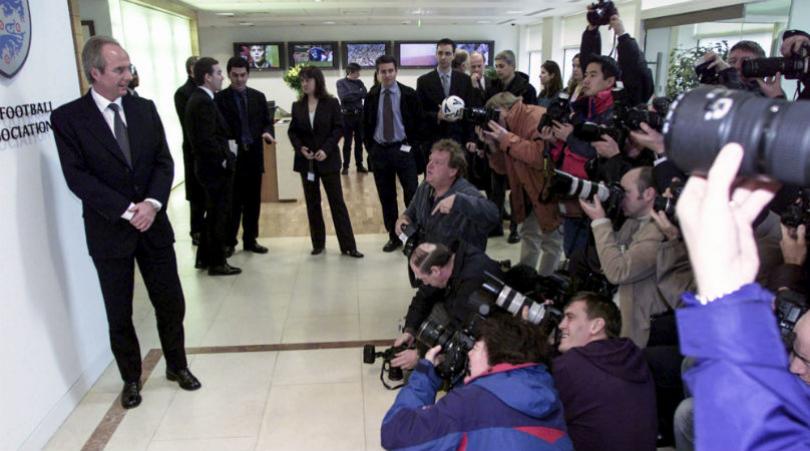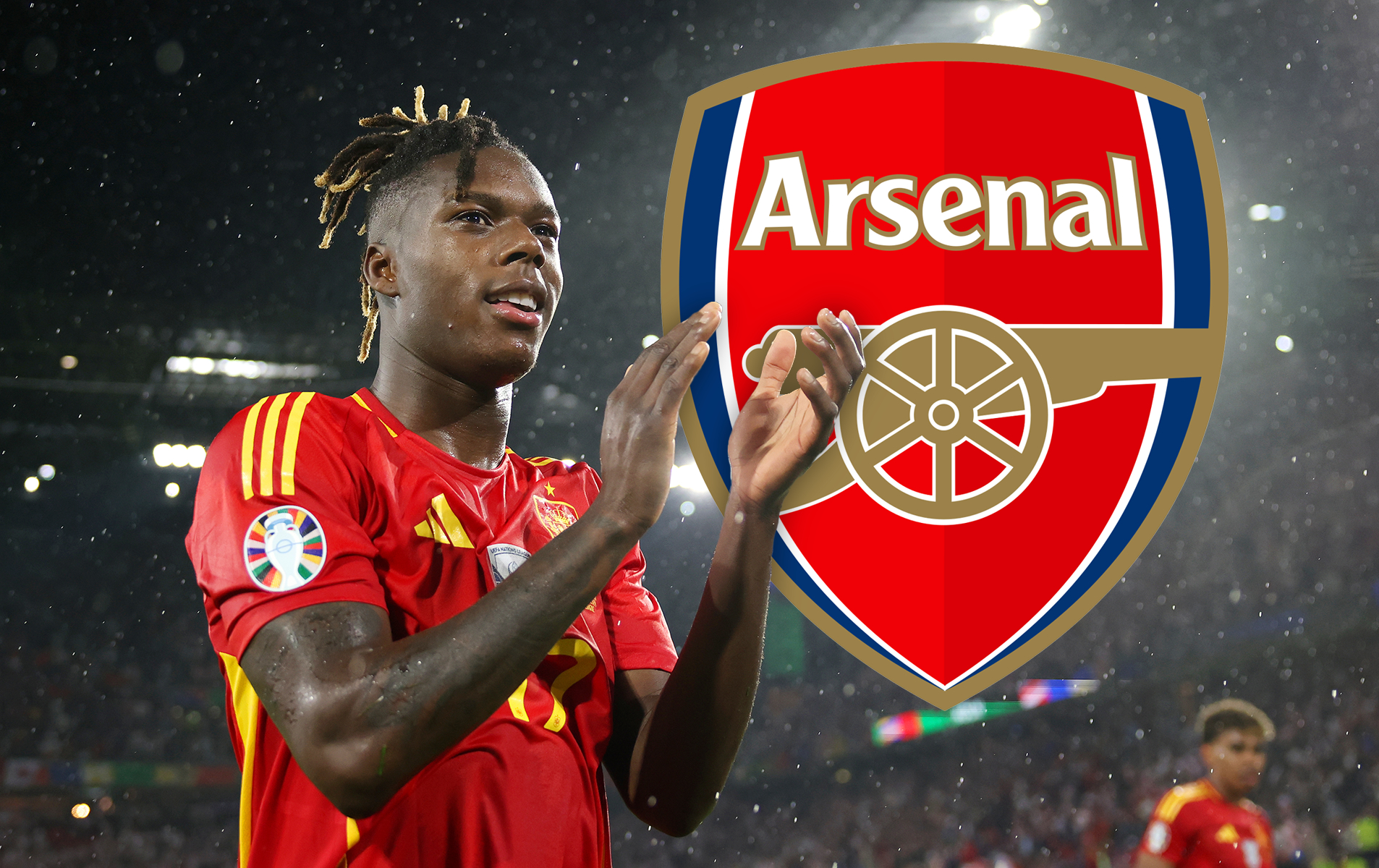Has Antonio Conte finally ended Roman Abramovich's quest for sexy football?
Maybe – just maybe – Chelsea's oligarch overlord has found what he's been looking for all along, writes Alex Hess
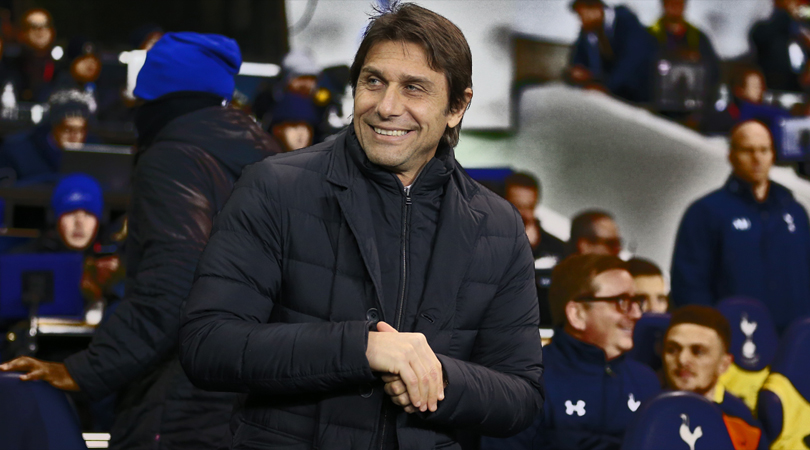
Could it be that one of the most long and gruelling Roman crusades in history – Mr Abramovich’s quest for sexy football – has finally come to an end?
We all know the story by now: how it was the frenetic, seesawing meeting of Real Madrid and Manchester United in 2003 that persuaded the Russian oligarch to spend his roubles on a football club he could call his own, and how, once he had made Chelsea his property a few months later, he soon identified Barcelona's free-flowing playing style as the one he wanted his team to emulate.
Easier said than done. The ensuing 14 years have brought Abramovich trophy after trophy, but little aesthetic legacy. Indeed, the ironies are glaring: his most longed-for title, the Champions League, was won through some of the most unabashedly defensive performances ever seen at that level; his most successful manager has become famous for his disdain for artistry, while the two expressly hired to add flair and fun – Luiz Felipe Scolari and Andre Villas-Boas – were out of a job by spring.
Winning with style
It’s no coincidence that the aesthetic heights reached by Guardiola’s Barcelona presaged years of "obsessive" effort by Abramovich to lure him to Stamford Bridge
Slick strikers have caught his eye on Merseyside and in Milan, yet both Fernando Torres and Andriy Shevchenko were disasters in west London. Abramovich's attempts to pilfer from Barcelona, meanwhile, have only given him peripheral players – Juliano Belletti, Deco and Cesc Fabregas – rather than the Ronaldinho or Messi figure he craves. The man with a super yacht and art-collecting wife has found that, in football at least, money really can’t buy you style.
- ONE-ON-ONE Deco: 'Mourinho's a winner. It’s difficult for him to accept results that don’t go his way'
Of course, that story isn’t strictly true – or is at least wildly simplified. After all, Carlo Ancelotti had Chelsea playing some gallivanting stuff (his team holds the record for goals scored in a Premier League season), and even Mourinho’s sides were capable of capturing the imagination, not least during the early days of Damien Duff and Arjen Robben. Scolari, Villas-Boas, Claudio Ranieri and Guus Hiddink all oversaw performances of exuberance and excitement. For the past decade-and-a-half, Stamford Bridge has hardly been a flair-free zone.
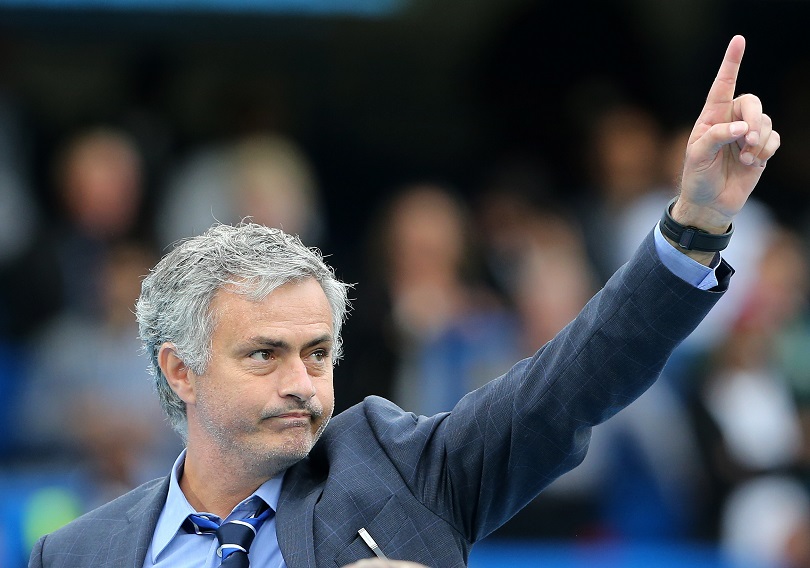
And yet at a fundamental level, the story is perfectly true. In fact, it’s easy enough to read Abramovich’s tenure at Chelsea as less a search for silverware than for stylistic satisfaction. After all, for a man who owns a substantial portion of the world’s natural resources, what’s a trophy if not simply another tangible asset, another material demonstration of his already-proven success?
Get FourFourTwo Newsletter
The best features, fun and footballing quizzes, straight to your inbox every week.
Just as Kate Middleton has delved into amateur photography and Katie Price is honing her talents as a novelist, this man of unimaginable wealth has also found that true fulfilment can only be reached through artistic expression. It’s no coincidence that the aesthetic heights reached by Pep Guardiola’s Barcelona presaged years of "obsessive" effort by Abramovich to lure the Catalan to Stamford Bridge.
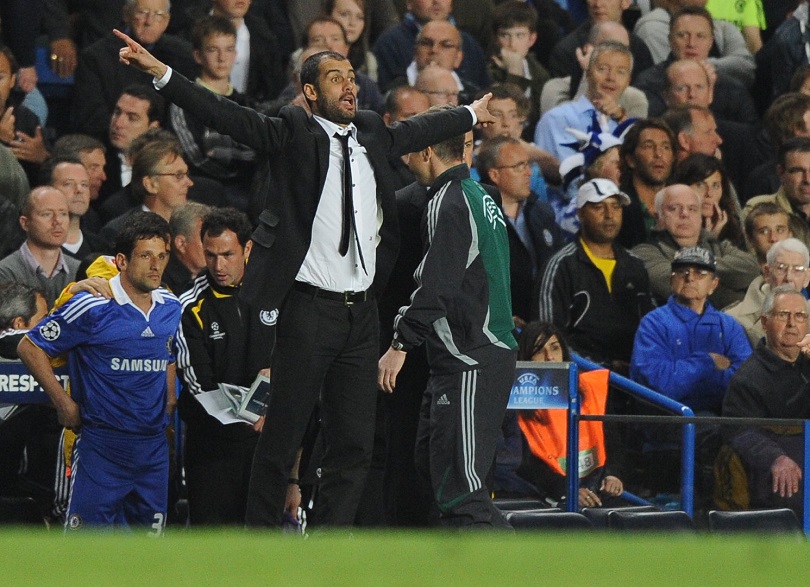
Long-term stay?
Never before in the Abramovich era has a Chelsea side combined proficiency with panache to this degree
That particular courtship may have failed, but one can only imagine the Russian’s delight at the way Chelsea have been going about their business under Antonio Conte this season – not just storming to a formidable lead at the top of the division, but exhilarating the country in the process. Until their hot streak came to an end at White Hart Lane, Chelsea’s 14-game winning run had included a 3-0 triumph over the champions, a five-goal haul against Everton and a pair of blisteringly fun wins against the two Manchester clubs.
Conte has emphatically invigorated the flair players who endured such fluctuating relationships with his predecessor: Pedro, Eden Hazard and Diego Costa have gone from pedestrian to unplayable under the Italian’s watch. Alongside them, Willian has been unshackled from the role of dutiful scurrier he played under Mourinho and allowed to recreate the showings as a jinking, jet-heeled playmaker that drew Chelsea to him in the first place.
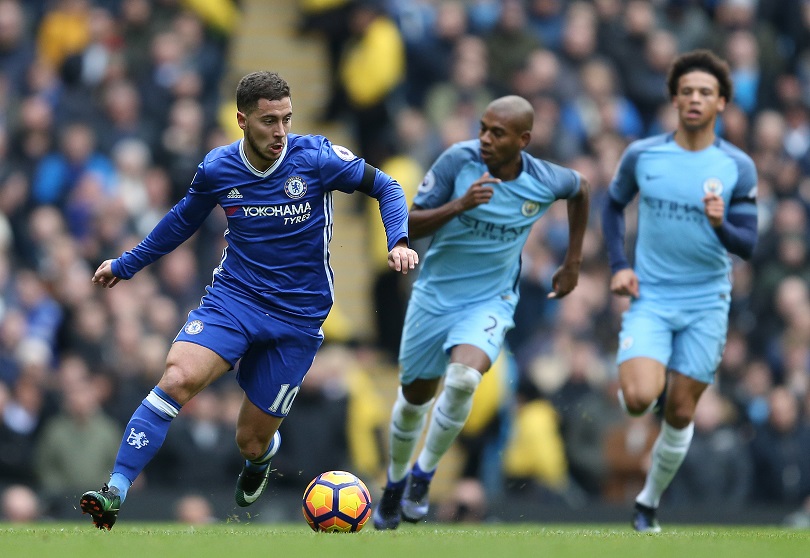
Behind them, the ceaseless N’Golo Kante is showing that holding midfielders can be exciting too; David Luiz has returned as the player he always threatened to become, commanding and expressive in equal measure; and either side of him, the explosive shuttling of Marcos Alonso and Victor Moses provides a more visceral type of spectacle.
Never before in the Abramovich era has a Chelsea side combined proficiency with panache to this degree. It’s still early days, of course – but then, perhaps that’s a cause for further encouragement: if this is what Conte can do after six months, what sort of football could Chelsea be playing in six years? Because if his appointment does indeed represent the successful culmination of Roman’s pursuit of champagne football, then why shouldn’t Conte still be at Chelsea in 2023?
Different role
Today’s most vaunted coaches tend to leapfrog from club to club every couple of years, rather than settling down and building a dynasty
Indeed he might be. But equally, perhaps to even consider that as a possibility is to fundamentally misunderstand the nature of Abramovich’s tenure – and more broadly, the nature of the modern-day super-club. These structures, as far-sighted as the overall enterprise may be, are largely geared towards short-termism when it comes to the identity of the coach.
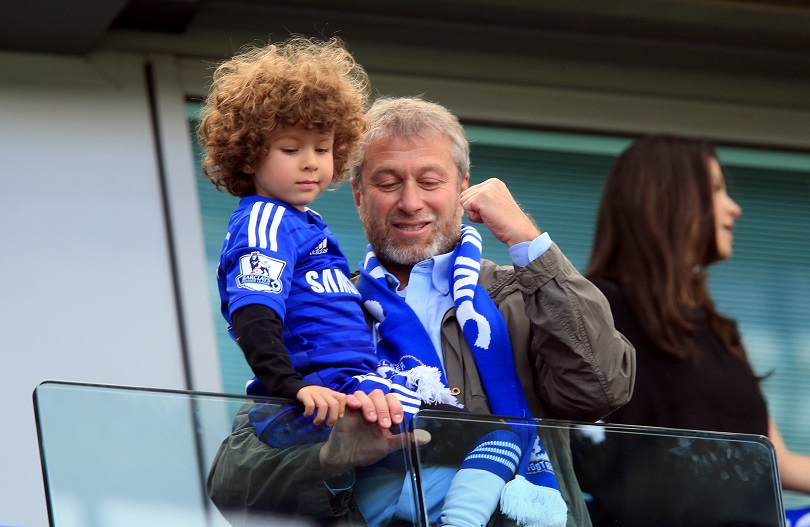
At lower levels, the manager’s remit is different, but at elite level the coach’s job tends now to revolve around keeping superstar players content, the hierarchy happy and giving the team a new lease of life – part diplomat, part defibrillator, in other words – before playing the scapegoat, ritual slaughter and all, when the first signs of stagnation surface. Then the cycle resumes.
It’s the model in place at pretty much all of Europe’s elite clubs now – and emphatically so at Chelsea – and it’s the reason that today’s most vaunted coaches tend to leapfrog from club to club every couple of years, rather than settling down and building a dynasty à la Clough or Ferguson. Which isn’t to say Conte couldn’t possibly remain in his position for the long haul, just that it would take a seismic shift in his employer’s outlook for him to do so.
And besides, maybe keeping Conte on the payroll in the long-term isn’t, in fact, the key variable in ensuring entertaining football continues to be played at Stamford Bridge. Perhaps that variable is something that has nothing to do with Conte at all, something that has already occurred.
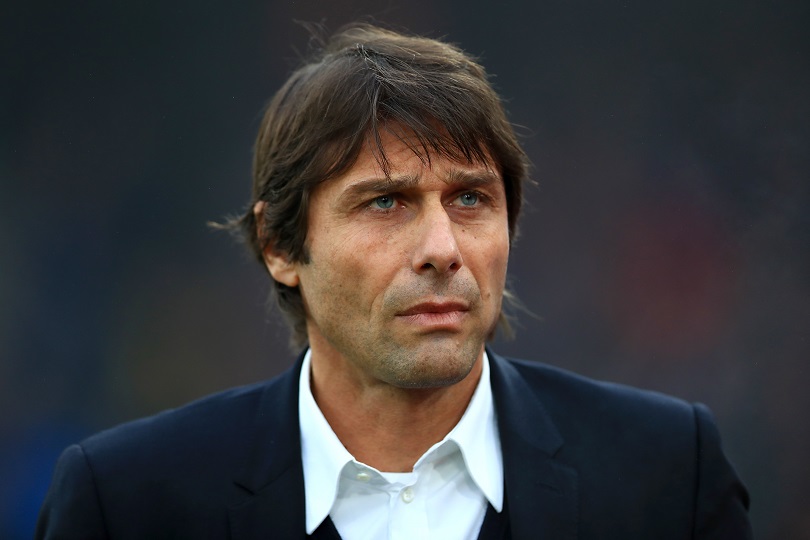
Key change
Amid all this talk of a renovation job well done, it’s important to note that Conte has enjoyed a privilege none of his predecessors were afforded: the freedom to build a side that contains precisely zero members of the Cech-Terry-Lampard-Drogba axis, the quartet that formed the backbone of Mourinho’s original side and remained at the heart of the first team – effectively dictating its style, personality and power base – for the ensuing decade. They brought the club great success, though largely through the brutalist and pragmatic means drilled into them by Mourinho.
Conte has shown that the current Chelsea team are able to play with both style and success – and without having to compromise in the big games. But that doesn’t mean that he’s the only coach who could get them to do so. His job so far has been superbly impressive – it’s hard to imagine anyone doing a better one – and yet few will be surprised if he gets the chop within a year or two. In fact, the real surprise would be if he didn’t.
Abramovich may have believed his quest for beautiful football centred around individuals: Scolari, Guardiola, Conte. But maybe what really enables beautiful football – what he was really searching for all along – is something less tangible: a set of conditions. It’s simply taken an individual to prove that they’re now in place. If that’s the case, then it won’t take long for Abramovich, a man who appreciates the value of the intangible, to see that he’s on to a winner – with or without Conte.
